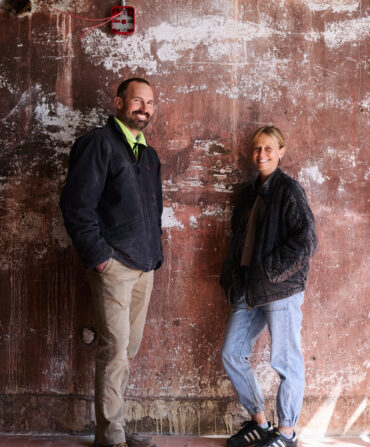In 1933, Eunice Kathleen Waymon was born in the small town of Tryon, North Carolina. Less than two decades later, she’d play piano at Midtown Bar & Grill in Atlantic City, New Jersey, poised to launch her career under the stage name Nina Simone. Today, the legacy of the genre-blending pianist, singer, songwriter, and civil rights activist—called the High Priestess of Soul after her 1967 album—is still going strong.

The three-room, 650-square-foot clapboard home where Simone grew up was slated for demolition until four artists (Adam Pendleton, Ellen Gallagher, Rashid Johnson, and Julie Mehretu) bought it for $95,000 in 2017, and it’s about to get a facelift. Tennis star and patron of the arts Venus Williams has teamed up with Pendleton to curate an auction to raise money for the restoration of the Tryon home through the African American Cultural Heritage Action Fund. “Nina Simone’s legacy needs a physical place that enshrines her contribution to our nation and where her legacy will continue to live on,” says Brent Leggs, the fund’s executive director. From May 12–20, contemporary work by eleven artists—including the four buyers of the home, plus Cecily Brown, Robert Longo, Stanley Whitney, and more—will go on display at Pace Gallery in New York, coinciding with online bidding through Sotheby’s and culminating in a gala on May 20. “It’s going to be a cultural moment in New York City,” Leggs says. Below, see some of the standout auction pieces.

Nina Simone’s house in Tryon, North Carolina.

Nina Simone at age seventeen.

Untitled (Nina) by the New York artist, filmmaker, photographer, and musician Robert Longo.

Nina in the Sky with Diamonds by Stanley Whitney, a New York artist known for his use of saturated color.

Untitled (Days for Nina) by Adam Pendleton, co-curator of the auction alongside Venus Williams.

New Dawn, Sing (for Nina) by Julie Mehretu, one of the artists who bought Simone’s house in 2017.

Butterflies and Moths by Mary Weatherford, a Los Angeles–based painter known for working with neon colors.

Bruise Painting “Nina’s Blues” by Rashid Johnson, a Chicago-born, New York City–based artist who often explores elements of racial and cultural identity.







